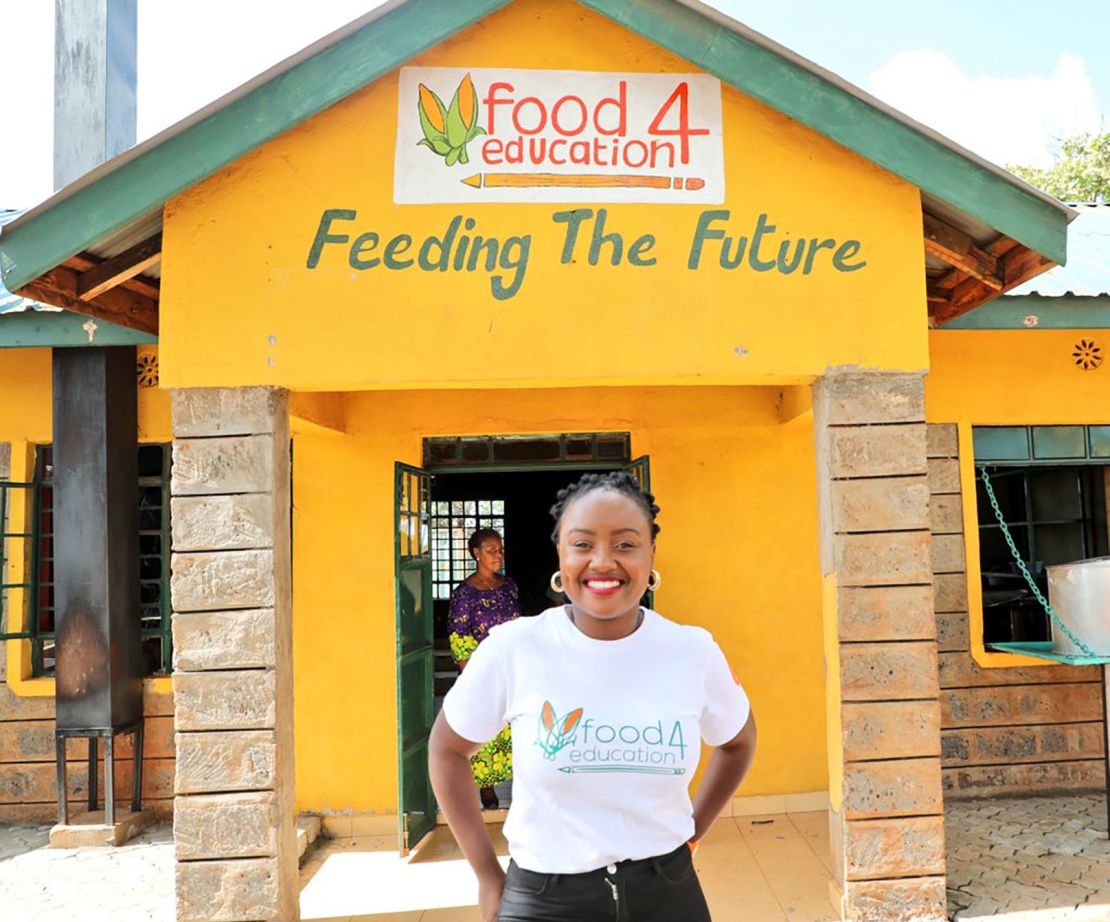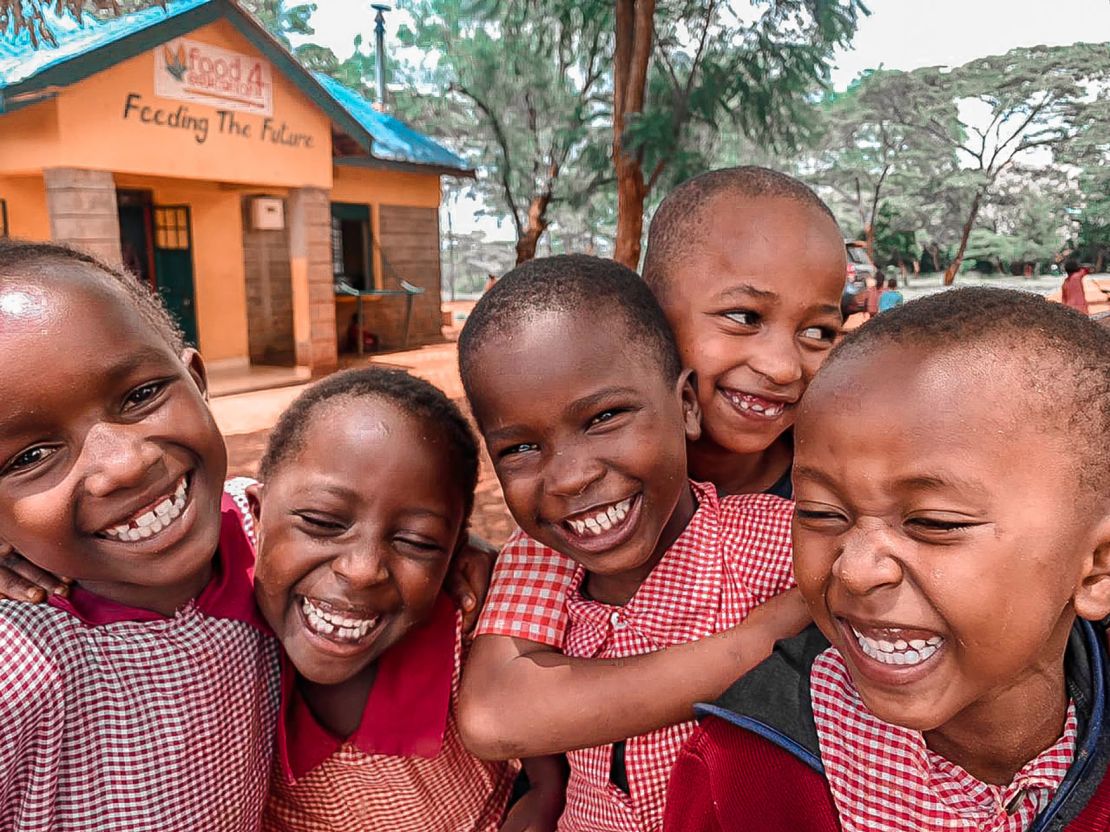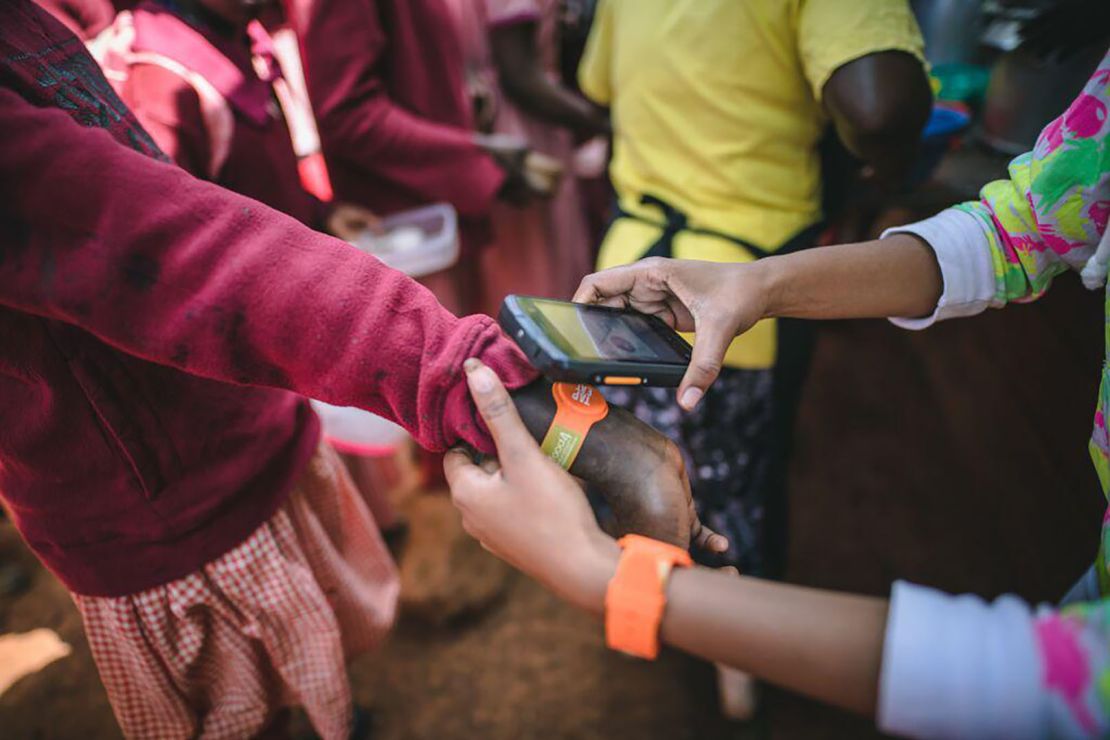The coronavirus crisis has forced schools in Kenya to close, but Wawira Njiru believes this is no reason for children to go hungry.
In 2012, the 29-year-old nutritionist founded non-profit Food for Education in her hometown, Ruiru, on the outskirts of the Kenyan capital, Nairobi. Her mission is to provide cheap and nourishing lunches to primary school children from poor families. To date, the organization has provided over 1 million meals.
Since schools closed a month ago, Njiru says she has been feeding more mouths than ever. Her focus has shifted to “how we can support kids while they’re at home,” she says.

Food for Education is supplying dry staples such as rice, beans and maize for the 10,000 children enrolled on the school meals program, and their families. Njiru says it costs $2 to provide a week’s worth of meals for one person.
To make the switch from cooked school lunches to dry foods, Food for Education has restructured its operation, from meal planning, to sourcing, to delivery.
But at its heart, the mission remains the same: making sure no child has to learn on an empty stomach.
Food for thought
Njiru came up with the idea for Food for Education in 2012 while studying nutrition at university in Australia. She realized her skills could make a difference in her home country, where over a quarter of children under five suffer from chronic malnutrition, according to UNICEF.
Having started with just one stove and enough food for 25 kids, Njiru’s program has grown into a 24-hour kitchen, delivering meals to 13 schools, all in time for the lunch bell.
The meals of rice, beans and locally sourced vegetables are packed full of nutrients that children might be missing at home. Njiru says protein is often lacking in children’s diets because it’s “more expensive than carbohydrates and vegetables.” It’s essential for growth, however, so “our meals provide 40 percent of the recommended daily allowance for a child,” she says.

Full bellies make for full classrooms. According to Save the Children, 21 percent of school-age children in Kenya are out of school. Children are more likely to attend school if an affordable lunch is provided, says Njiru.
Ruth Wanjiku Njoroge, head teacher of a school that participates in the program, says lunches have also helped bring up test scores. “In Kiambu County I think we are the most improved school,” she says.
Lunch at the tap of a wristband
Technology has been key to the success of Food for Education. Last year Njiru worked with local software company, Terra Software, to design a wristband called Tap2Eat. The wristbands are linked to a virtual wallet that parents top up using their smartphones. The kids tap their wristbands to Food for Education’s mobile device to make a 15 cent contribution towards the cost of their lunch. The 10 percent of students who cannot afford to contribute, receive lunch for free.

The technology has proved vital during the current health crisis. While schools were open, Tap2Eat collected data that identified the families most in need.
“We have an algorithm that helped us determine [and] predict vulnerability based on frequency of payments for lunch,” Njiru explains. Parents who could not, in the past, contribute consistently to their children’s lunches, will now receive money for grocery shopping.
Njiru says her experiences have taught her the importance of tailoring aid to the community it is meant to benefit.
“If you have data that’s specific to individuals … you’re able to really target interventions towards what’s useful”.
Growing the next generation
The health crisis has not dampened Njiru’s ambitions to scale the project and reach more hungry children. Once the pandemic is over, Food for Education plans to open a second kitchen, giving the group the capacity to feed 30,000 children, she says. “Our goal is to reach a million kids a day by 2025.”
To solve issues like malnutrition for good, Njiru believes that Kenya needs to nurture the next generation of innovators. Making sure they are well-fed is a start.
“I don’t believe that our solutions are coming from anywhere else except here. So that’s what we need to be investing in, here at home.”

